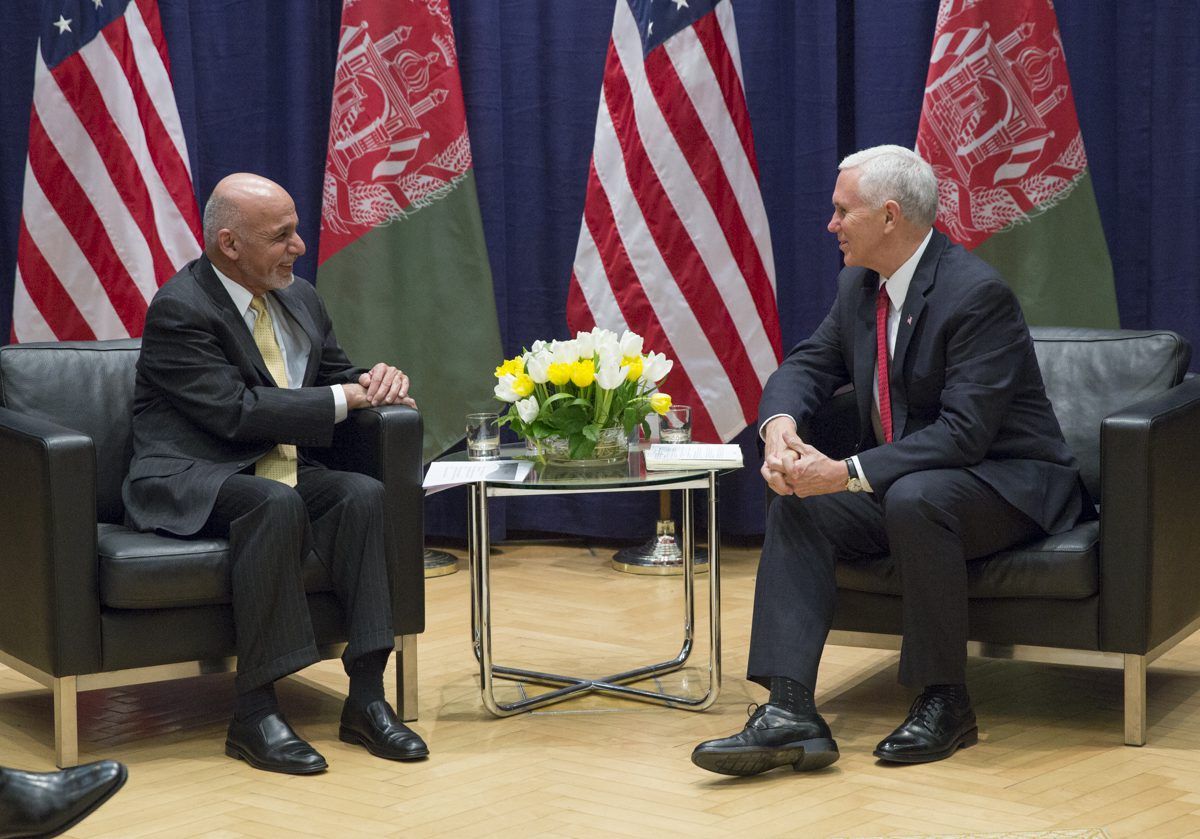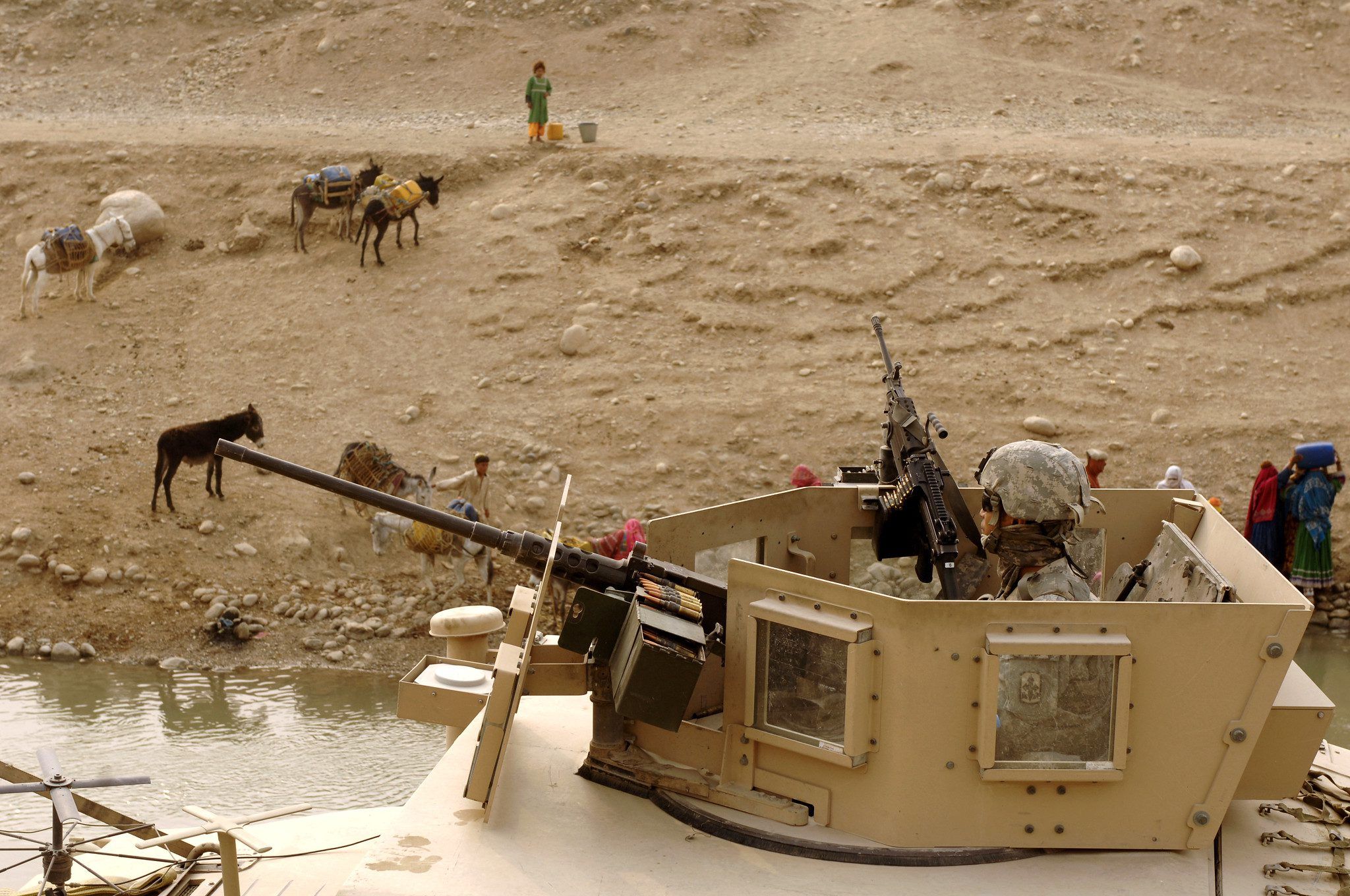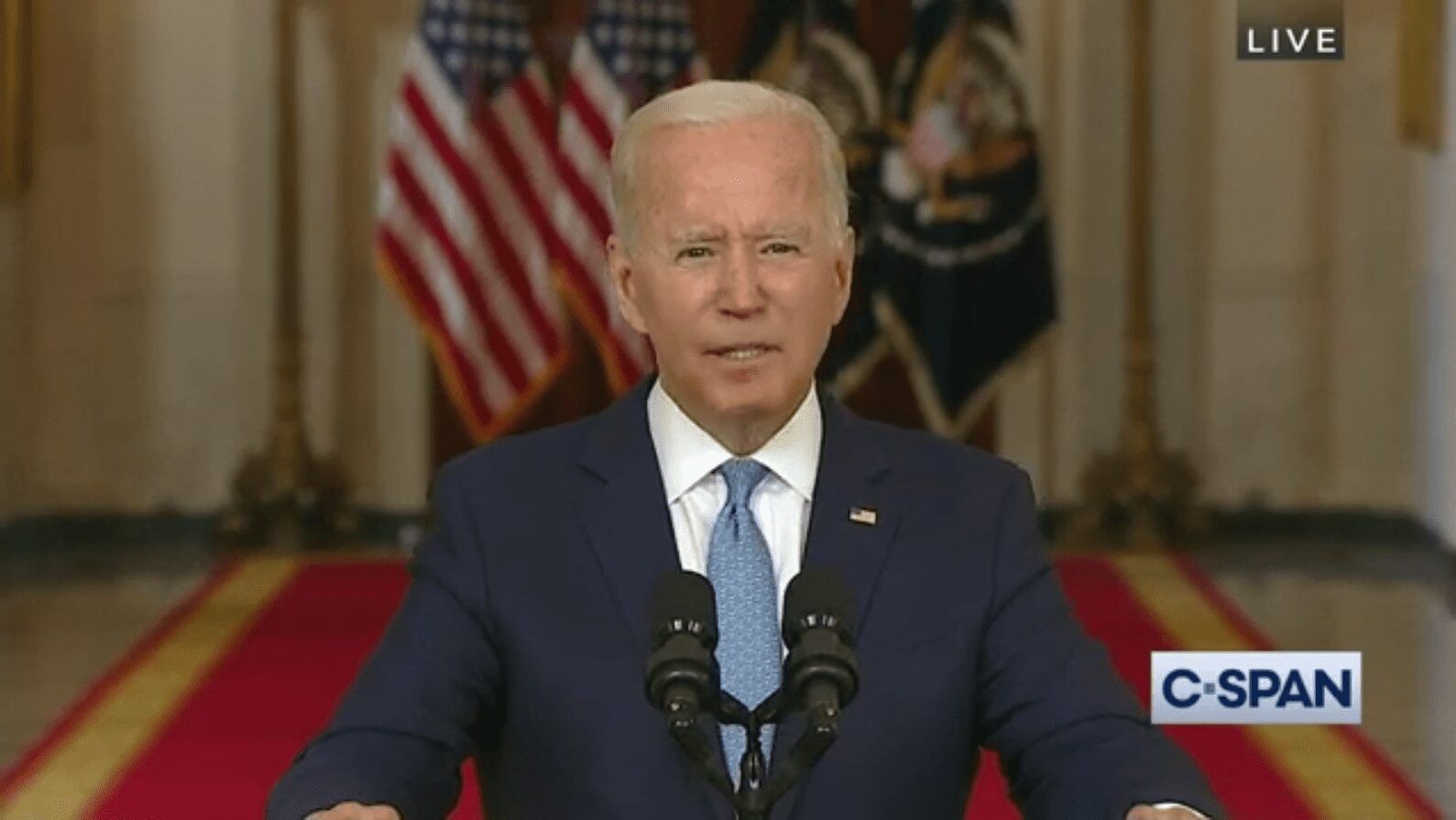
Array
(
[thumbnail] => https://s42831.pcdn.co/wp-content/uploads/2019/02/vpghani-150x150.jpeg.optimal.jpeg
[thumbnail-width] => 150
[thumbnail-height] => 150
[medium] => https://s42831.pcdn.co/wp-content/uploads/2019/02/vpghani-300x210.jpeg.optimal.jpeg
[medium-width] => 300
[medium-height] => 210
[medium_large] => https://s42831.pcdn.co/wp-content/uploads/2019/02/vpghani-768x537.jpeg.optimal.jpeg
[medium_large-width] => 768
[medium_large-height] => 537
[large] => https://s42831.pcdn.co/wp-content/uploads/2019/02/vpghani-1024x716.jpeg.optimal.jpeg
[large-width] => 1024
[large-height] => 716
[1536x1536] => https://s42831.pcdn.co/wp-content/uploads/2019/02/vpghani.jpeg.optimal.jpeg
[1536x1536-width] => 1200
[1536x1536-height] => 839
[2048x2048] => https://s42831.pcdn.co/wp-content/uploads/2019/02/vpghani.jpeg.optimal.jpeg
[2048x2048-width] => 1200
[2048x2048-height] => 839
[gform-image-choice-sm] => https://s42831.pcdn.co/wp-content/uploads/2019/02/vpghani.jpeg.optimal.jpeg
[gform-image-choice-sm-width] => 300
[gform-image-choice-sm-height] => 210
[gform-image-choice-md] => https://s42831.pcdn.co/wp-content/uploads/2019/02/vpghani.jpeg.optimal.jpeg
[gform-image-choice-md-width] => 400
[gform-image-choice-md-height] => 280
[gform-image-choice-lg] => https://s42831.pcdn.co/wp-content/uploads/2019/02/vpghani.jpeg.optimal.jpeg
[gform-image-choice-lg-width] => 600
[gform-image-choice-lg-height] => 420
)
Can There be a US-Afghanistan Relation Beyond Security?
Pundits who urge the US to stay in Afghanistan argue national security interests and point out to threats emanating from Afghanistan. Indeed, 17 years ago, it was national security that took the US military to Afghanistan. To date, the presence of more than 20 transnational terrorist groups in the region continues to justify the American military involvement in the country. However, a broader question that is rarely asked is whether counterterrorism is the only issue that brings the two nations together?
The US military has said that there are some 20 transnational terrorist groups operating in and around Afghanistan that can pose a serious threat to the US national security interests. However, less emphasized is the fact that the majority of these terrorist groups are not based in Afghanistan or directed by the Afghans. Data from the US intelligence and other sources show that an overwhelming majority of these jihadi groups, including what is left of al-Qaeda and the Islamic State of Khorasan (IS-K), have either originated from or have safe havens in Pakistan. Even the Afghan Taliban (and the Haqqani Network), arguably the only Afghan “nationalist” insurgency, is also based in Pakistan. Other insurgent groups from Tajikistan, Uzbekistan (IMU), and East Turkmenistan’s Islamic Movement (ETIM), who are seeking autonomy from China for Xinjiang province, are all also foreign.
Nevertheless, some of the aforementioned groups, famously the Taliban and IS-K, are widely operating in Afghanistan. In addition to the insurgency, Afghanistan also has a warlord problem. The country has become the hub for insurgency and instability because of continuous external support for the insurgent groups from abroad, as well as a divided Afghan political elite and weak Afghan state institutions. Under these circumstances, pundits are right, an abrupt US withdrawal could lead to the dissolution of the system created post-2001. As such, the security issue requires a long-term US counterterrorism engagement, however, security engagement is not all there is for the US to engage.
It is hoped that peace negotiations underway between the US and the Taliban could lead to a deal between the Taliban, the US, and the Afghan government. This way a major threat (the Taliban) could be defused by bringing them into the political fold. Such a solution would be the best-case scenario, about which many are skeptical. Worst would be the continuation of war with or without the US that could lead to yet another Afghan civil war reinforced by Afghanistan neighbors and other regional powers. Assuming the US is successful in convincing Pakistan and the Taliban to cease hostilities against Kabul, it is likely that there is a peace deal. For such a deal to become a success and become viable, the US would engage with Afghanistan beyond the realm of security.
The US-Afghanistan relations could be expanded to the areas of economic development and democracy. This is not to say that the US has not been involved in these sectors before, but the issues have been that the American involvement in economic development and democratization has been in support of America’s counter-terrorism mission in the country. Now is the time that support for economic development and democratization is made a priority and given as much importance as counter-terrorism.
Kabul is making great leaps in terms of economic connectivity. From a landlocked country often dependent on one neighbor, Afghanistan is now connected to Central Asian, India, Europe, and China. The Afghan mineral wealth is estimated at about $1 trillion that is untouched, which could be utilized to benefit both the local people and investors. Afghanistan can also offer human capital – 70 per cent of the population is under the age of 40. The US supports some of these economic programs already but more could be done. For instance, encouraging the US private sector to invest in Afghanistan.
The US is advocating for the democratization of countries such as Iran and Venezuela while in Afghanistan the US has remained less vocal about it. This is when Afghanistan has embraced democracy and has held three presidential and parliamentary elections, noting that all had transparency issues, but people participated in these elections with enthusiasm. The Asia Foundation and other surveys show that a majority of Afghans favor democracy. These studies also show that Afghan men and women do not want to go back to the era of the Taliban. The US can help Afghanistan develop a stronger democracy, including creating a professional and unbiased election commission, decentralization of power and building on the gains of the last 17 years. In a region plagued with dictatorships, military rule, and theocracies, the US has a golden chance to help Afghanistan become a flourishing democracy and an ally.
This article was originally published on Small Wars Journal on February 19, 2019.
More Resources
-
-

Whose endless war in Afghanistan is ending?
Paul Fishstein
Stay Connected
Subscribe to our newsletter and receive regular updates on our latest events, analysis, and resources.
"*" indicates required fields


